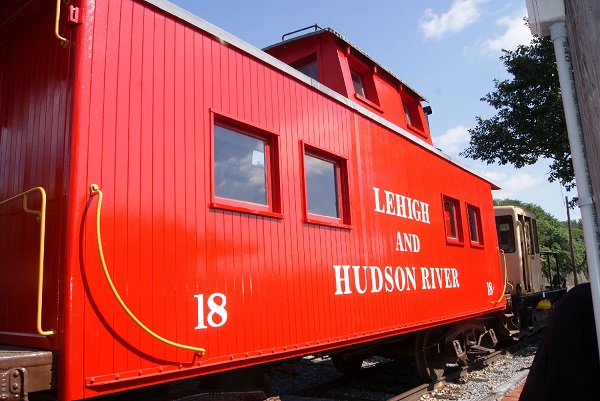Along a 62 mile stretch of sandy while beaches on the Gulf of Mexico,
the Magnolia State offers historic towns with unique ethnic food, shopping and
entertainment in Waveland, Bay St Louis, Pass Christian, Long Beach, Gulfport,
Biloxi, Ocean Springs and Pascagoula.
The Biloxi Waterfront lies directly on the Mississippi Sound, with barrier islands off the Coast and into the Gulf of Mexico. Old Biloxi was part of the First Permanent Settlement in 1699 by French Colonists in French Louisiana. The name of Biloxi in French was Bilocci, a transliteration of the term for the local Native American tribe in their language. In 1720, the administrative capital of French Louisiana was moved to Biloxi from Mobile. Due to fears of tides and hurricanes, the capital of French Louisiana was later moved to New Orleans, nearly 125 miles up the Mississippi River from the Gulf Coast.
Discover how Biloxi became the seafood capitol of the world at
the turn of the century aboard a Biloxi Shrimping Trip boat for an entertaining
and educational look at today’s shrimping industry.
Sailing step aboard an authentic replica of a Biloxi
oyster schooner and sail from Point Cadet Marina along the Biloxi beachfront
and see the coastline. Ship Island is 12 miles south of the mainland.
Learn everything about catching cooking and eating shrimps, Mississippi Gulf Coast Style
The Maritime &
Seafood Industry Museum was
established in 1986 to preserve and interpret the maritime history and heritage
of Biloxi and the Mississippi Gulf Coast. It accomplishes this mission through
an array of exhibits on shrimping, oystering, recreational fishing, wetlands,
managing marine resources, charter boats, marine blacksmithing, wooden boat
building, netmaking, catboats/Biloxi skiff, shrimp peeling machine and numerous
historic photographs and objects.
INFINITY Science Center is the official visitor center for NASA's Stennis Space Center and its resident labs and offices where the curious at any age can lose themselves in the depths of the ocean and the farthest reaches of space.
Lynn Meadow’s Discovery Center is one
of best playgrounds on Coastal Mississippi
The Ohr-O’Keefe Museum of
Art celebrates the
innovative, independent, and creative spirit of our namesake Mississippi master
potter George Ohr.
Institute for Marine Mammal Studies Ocean Adventure Marine Park an up-close experience with dolphins, sea lions, sharks, rays, and birds! The Institute is a non-profit organization established for the purposes of public education, conservation, and research on marine mammals.
The Pascagoula River
Audubon Center serves as
the gateway to the Pascagoula River, its habitats, and the diverse assemblage
of organisms that inhabit or visit the river basin throughout the year.























